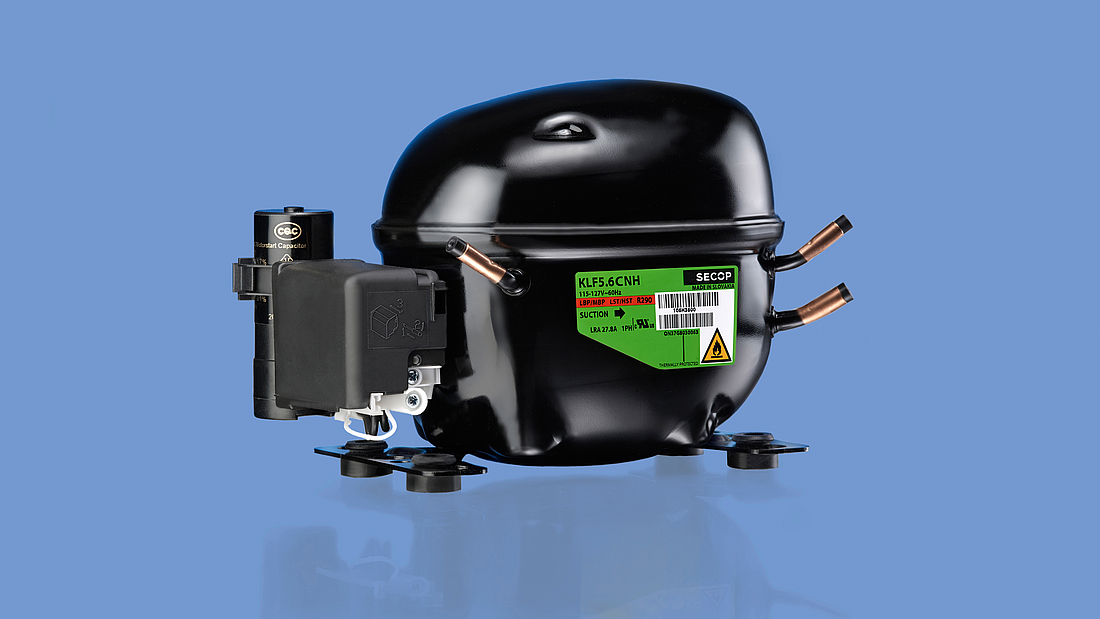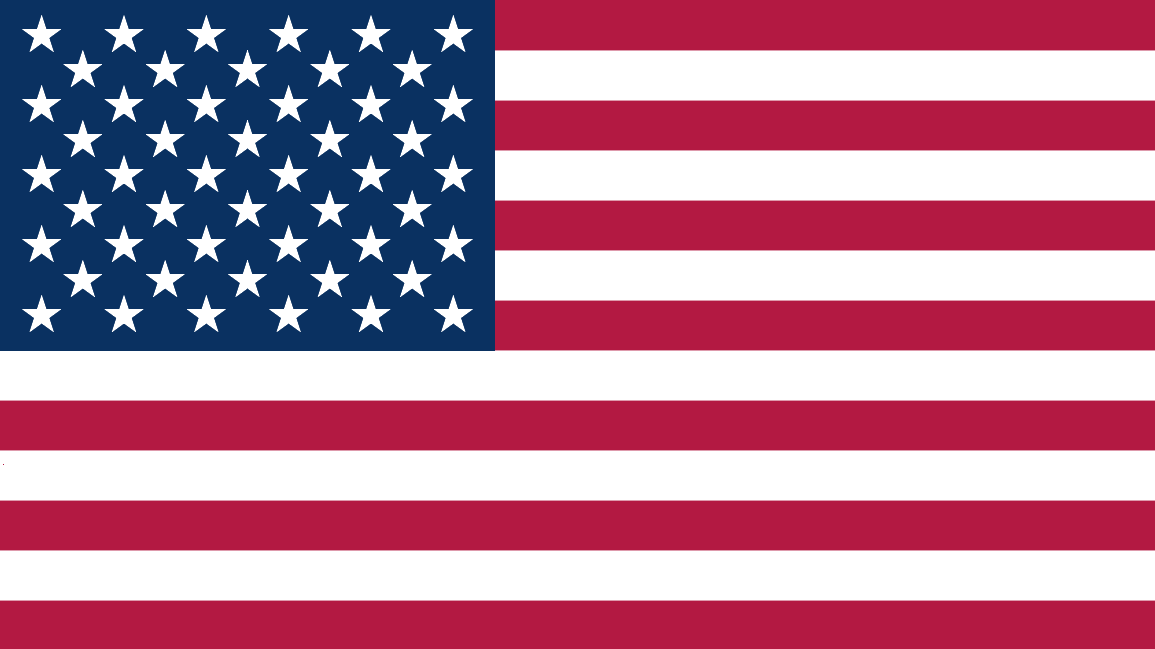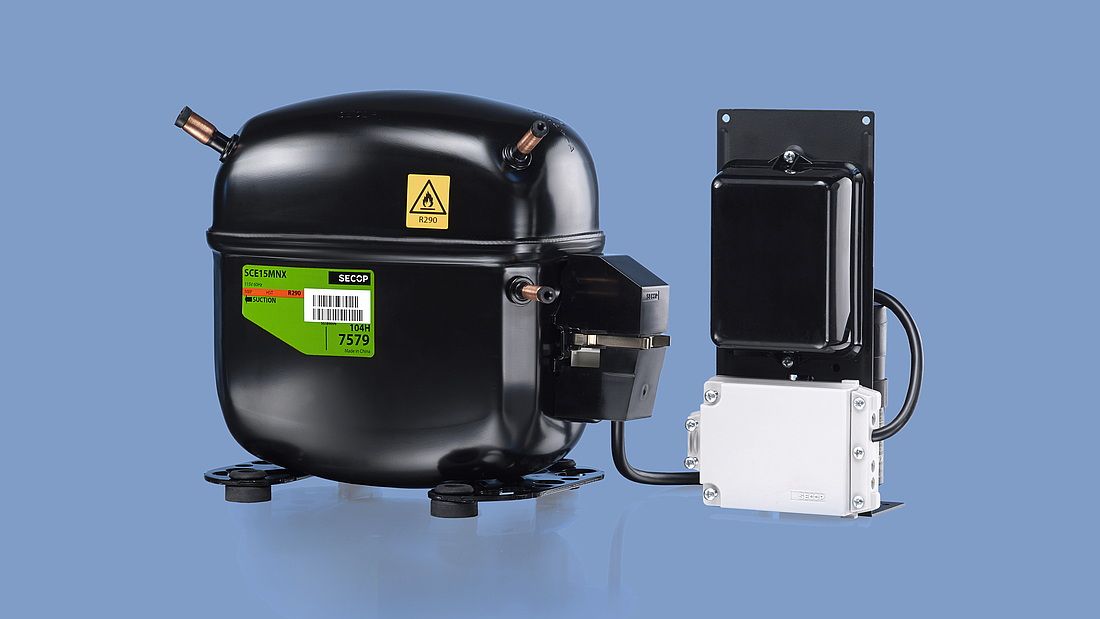United States Environmental Protection Agency (EPA) – Significant New Alternatives Policy (SNAP)
The Significant New Alternatives Policy (SNAP) – Refrigeration and Air Conditioning by the United States Environmental Protection Agency (EPA) is a program aimed at evaluating and regulating ozone-depleting substances in various sectors and applications. Following the Montreal Protocol, the use of CFCs has been prohibited since 1989. Additionally, the Kyoto Protocol declared the reduction of HCFCs in 1997. The SNAP program is a part of the Climate Action Plan and makes decisions based on the overall understanding of the environmental and human health impacts as well as its current knowledge about available substitutes. Part of the policy is also the obligation to prohibit the use of a substitute where EPA did find a suitable replacement.
The SNAP program is designed to:
- identify and evaluate substitutes in end uses that have historically used ozone-depleting substances (ODS);
- look at the overall risk to human health and the environment of both existing and new substitutes;
- publish lists of acceptable and unacceptable substitutes by end-use;
- promote the use of acceptable substitutes; and
- provide the public with information about the potential environmental and human health impacts of substitutes.
(Source: Environmental Protection Agency)
The SNAP program made an essential step to reduce the risk to human health and the environment by updating the list of affected end uses. A significant step for the industry was the inclusion of the flammable hydrocarbon propane (R290) in the list of acceptable refrigerants for a number of applications, such as self-contained commercial ice machines, water coolers, and ultra-low temperature refrigeration equipment. In addition, the EPA exempted propane from venting prohibition under the Clean Air Act (CAA) section 608, thereby confirming that propane does not pose a threat to the environment since the impact of R290 on air quality is relatively minimal. Even in a worst-case scenario, propane has no greater overall impact on human health and the environment compared to other refrigerants that are listed as acceptable for commercial ice machines, water coolers, and very ultra-low temperature refrigeration equipment.
The EPA regularly reviews substitutes with respect to environmental and health risks. They are classified as acceptable, unacceptable, or acceptable under use conditions. An alternative is considered as an unacceptable substitute if there is another available or potentially available. A list of substitutes by sector is published on:
www.epa.gov/snap/snap-substitutes-sector.
Propylene and R-443A still listed as unacceptable
The EPA listed propylene (R-1270) as well as the blended refrigerant R-443A as unacceptable alternatives for new cold storage warehouses where leakage of cooling systems is a big problem. The reason behind this listing lies neither in ozone depletion nor in its global warming potential. In addition to these two factors, the EPA also evaluates the potential impacts of propylene and the three components of R-443A on local air quality. The photochemical reactivity of propylene, which is also one of the three components of R-443A, is much higher than that of the other two HCs. This means that propylene as an unsaturated molecule is significantly more reactive in the atmosphere than propane, for example.
The American Innovation and Manufacturing Act (AIM)
The AIM act, in force since December 2020, authorizes the U.S. Environmental Protection Agency (EPA) to manage, reduce, and restrict the use of HFCs, highly potent greenhouse gases, on the U.S. market. The AIM Act results in 85% reduction in production and consumption of high GWP HFC refrigerants by 2036 comparing to 2022 baseline:
- January 2022: 10% phasedown
- January 2024: 40% phasedown
- January 2029: 70% phasedown
- January 2034: 80% phasedown
- January 2036: 85% final phasedown
To achieve the objective, three main areas for the EPA to focus on have been identified:
- limit and phase down the production and consumption of HFCs (Allowance Allocation Program);
- manage HFCs and their substitutes by establishing regulations to control the use and reuse of HFCs, minimize their emissions and maximize their reclamation; and
- facilitate the transition to next-generation technologies through sector-based restrictions and limit the use of HFC in specific sectors where lower GWP substitutes are or soon will be available (Technology Transitions Program).
Hydrofluorocarbons (HFCs) are greenhouse gases used by many industries and applications, such as refrigeration, air conditioning, building, fire extinguishing systems, foams, and aerosols. The warming potential of HFCs vary greatly as depending on the chemical composition.
The Final Rule on Phasedown of Hydrofluorocarbons, published by the EPA in October 2023, establishes allowance allocation and restricts the use, sale, installation, distribution, export, and import of higher GWP HFCs in new aerosol, foam, refrigeration, air conditioning and heat pump products, and equipment. It also restricts trade of higher GWP products three years after the restriction date’s entry into force. Restrictions do not apply to any existing product and system in use and the trade of components used to repair existing systems.
The Technology Transitions Program set a maximum GWP limit on HFCs or their blends that are allowed to be used. For some subsectors, EPA has listed specific HFCs or their blends that are restricted in use. Compliance deadlines and GWP limits vary by product and system, as well as by sector and subsector, with a first restriction starting in January 2025 and the last in January 2028. Where a product is defined as functional upon leaving a factory and system is assembled from multiple components and charged on site.
Compliance dates and GWP limits in new self-contained refrigeration, air condition and heat pump for selected products and systems:
January 2025:
- Stationary residential and light commercial air conditioning and heat pumps, GWP 700
- Household refrigerators and freezers, GWP 150
- Vending machines, GWP 150
- Retail food refrigeration – stand-alone units, GWP 150
- Motor vehicle air conditioning – light-duty passenger vehicles, GWP 150, Model Year 2025, and no earlier than one year after publication in the Federal Register
- Refrigerated transport – road and marine self-contained products, prohibited substances R-402A, R-402B, R-404A, R-407B, R-408A, R-410B, R-417A, R-421A, R-421B, R-422A, R-422B, R-422C, R-422D, R-424A, R-428A, R-434A, R-438A, R-507A, R-125/290/134a/600a (55/1/42.5/1.5), RS-44 (2003 formulation), GHG-X5
January 2026:
- Self-contained automatic commercial ice machines, GWP 150
January 2027:
- Data centers, computer room air conditioning, information technology equipment cooling, GWP 700
- Retail food – refrigerated food processing and dispensing equipment with 500 g of refrigerant or less and outside scope of UL621, edition 7, GWP 150
- Retail food – refrigerated food processing and dispensing equipment with more than 500 g of refrigerant and outside scope of UL621, edition 7, prohibited substances listed in Note 1
- Self-contained automatic commercial ice machines – batch type with a harvest rate above 1,000 lbs and Continuous type with harvest rate, prohibited substances listed in Note 2
January 2028:
- Motor vehicle air conditioning – medium-duty passenger vehicles, heavy-duty pick-up trucks, complete heavy-duty vans, GWP 150, Model Year 2028
- Retail food – refrigerated food processing and dispensing equipment – ice cream makers within the scope of UL621 edition 7, prohibited substances listed in Note 1
Note 1: R-402A, R-402B, R-404A, R-407A, R-407B, R-407C, R-407F, R-407H, R-408A, R-410A, R-410B, R-411A, R-411B, R-417A, R-417C, R-420A, R-421A, R-421B, R-422A, R-422B, R-422C, R-422D, R-424A, R-426A, R-427A, R-428A, R-434A, R-437A, R-438A, R-507A, HFC-134a, HFC-227ea, R-125/290/134a/600a (55/1/42.5/1.5), RB-276, RS24 (2002 formulation), RS-44 (2003 formulation), GHG-X5, Freeze 12
Note 2: R-402A, R-402B, R-404A, R-407A, R-407B, R-407C, R-407F, R-408A, R-410A, R-410B, R-411A, R-411B, R-417A, R-417C, R-420A, R-421A, R-421B, R-422A, R-422B, R-422C, R-422D, R-424A, R-426A, R-428A, R-434A, R-437A, R-438A, R-442A, R-507, R-507A, HFC134a, R-125/290/134a/600a (55/1/42.5/1.5), RB-276, RS-24 (2002 formulation), RS-44 (2003 formulation), GHG-X5, G2018C, Freeze 12
To support compliance with the regulation, all new products and components that use higher GWP HFCs must be labelled and the manufacture or import of such products and components must be reported to the EPA. The label must include the HFC or its blend name, date of manufacture, or at a minimum, the four-digit year, and a refrigerant charge capacity. The harvest rate in self-contained automatic commercial ice machines must be indicated.
As a federal law, the AIM Act applies in all US states. In addition to enacting legislation, some states have enacted their own regulations beyond the EPA SNAP requirements.
UL60335-2-89
The standard specifies safety requirements for the design, construction, and performance of commercial appliances, including requirements for electrical, mechanical and thermal safety. Commercial appliances covered - storage and display of food and beverages in restaurants, grocery and convenience stores, or also ice makers. Compliance with safety standards ensure a safe use and operation of appliances and prevent accidents.
In October 2021, Underwriters Laboratory (UL) released the second edition of safety standard UL60335-2-89 with higher charge limits for A3 (hydrocarbons) and A2L refrigerants which extend their use in commercial applications. The prior limit was 150 g. The maximum allowed refrigerant quantity for commercial stand-alone application depends on the product type and its design.
For open appliances without doors, the charge increased to 13* LFL, which represents 500 g of R290, and for closed appliances with doors or drawers to 8*LFL what is 300 g of R290.
When it comes to A2L refrigerants, allowed or proposed for use in full or under the certain conditions in precisely specified applications, there are several refrigerants such as R32, R1234yf, R454A, R454B, R454C, R455A, R516A, R1234ze(E). Since the group covers a wide range of refrigerants, the maximum charge limits are not set but must be calculated based on the refrigerant characteristics and equipment design – open or closed with doors or drawers.
With a charge increase, specific requirements addressing the safe use of flammable refrigerants have been determined. Those focus on leakage preventing design – hermetically sealed systems, corrosion-resistant materials, joint construction, the use of leak detection equipment and adequate ventilation to mitigate hazardous concentrations, ignition source control and use of safety features, flame-retarding covers, or spark-free components. Equipment using flammable refrigerants must be marked with a label informing the refrigerant type, charge amount, and appropriate safety warnings.
Second edition of UL60335-2-89, based on international IEC60335-2-89:2019, covers all current market changes and facilitate access to the global market. To be harmonized with the latest edition, standards for commercial refrigeration appliances and ice maker (listed below) to be replaced by UL60335-2-89:
- UL412 - Refrigeration Unit Coolers
- UL471 - Commercial Refrigeration Equipment which allowed 150g of A3 and 500g of A2L
- UL427 - Refrigerating Units
- UL563 – Ice Makers
- UL1995 – Heating and Cooling Equipment
- CSA c22.2 No. 120 – Refrigeration Equipment
This means, that after September 29, 2024, all new equipment previously covered by mentioned standards will need to comply with and be certified according to UL60335-2-89.
Application certification is done based on the above-mentioned standards will remain valid until the next technical re-evaluation, which must comply with the requirement UL60335-2-89.
Implementation of appliances with higher charges of flammable refrigerants on the U.S. and Canada market must follow regulations and policies such as EPA SNAP, ASHRAE 15 or State and Local Building Codes, which need to approve and incorporate the updates of UL60335-2-89 in the second edition and use of flammable refrigerants.


